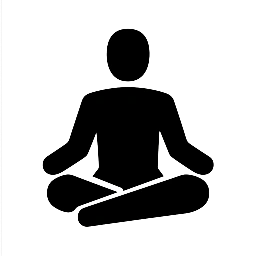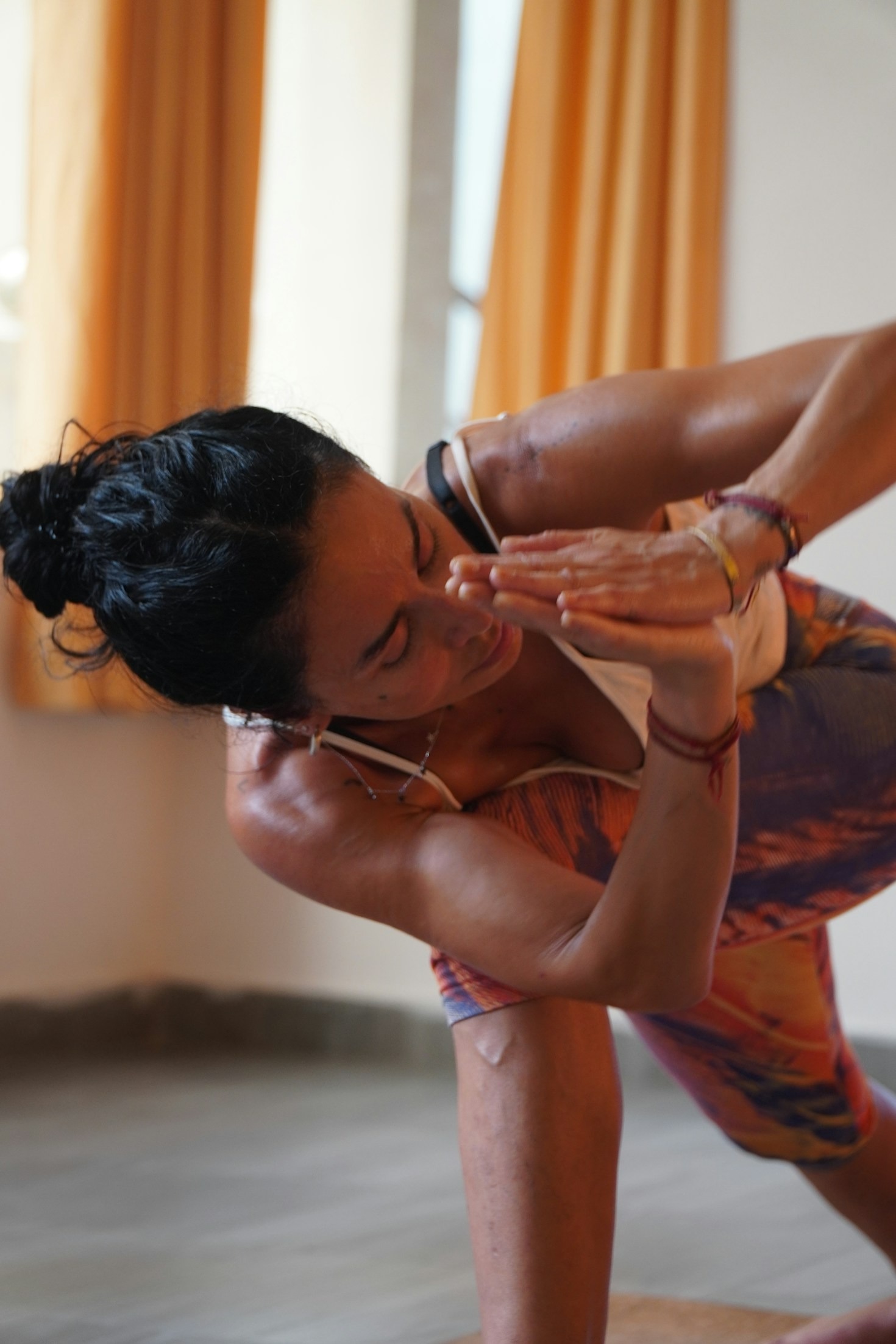Human life often swings between two modes of living: compulsiveness—where our actions are driven by unconscious patterns, habits, and emotional reactions—and consciousness, where our actions arise from clarity, awareness, and choice. The yogic sciences, especially as articulated in texts like the Hatha Yoga Pradipika and Patanjali Yoga Sutras, provide both philosophy and practical tools to help us shift from being enslaved by compulsions to living consciously.
Compulsiveness is living by default. Consciousness is living by design.
Yoga is the bridge.
Compulsiveness: The Default Human State
Compulsiveness is not just about addictions or big life patterns—it appears in subtle ways:
- Reaching for your phone every few minutes without purpose.
- Raising your voice when stressed, though you later regret it.
- Eating more than the body needs, simply because food is there.
The Patanjali Yoga Sutras describe these tendencies as vasanas (latent impressions) and samskaras (conditioned patterns) that propel us into cycles of reaction. Sutra II.1 introduces Kriya Yoga—tapas (discipline), svadhyaya (self-study), and Ishvara pranidhana (surrender)—as a method to dissolve these compulsions.
The Role of Yoga in Transformation
Hatha Yoga Pradipika: Body as a Gateway
The Hatha Yoga Pradipika emphasizes that purification of the body and prana (vital energy) is essential to steady the mind:
“When the breath is irregular, the mind is unsteady, but when the breath is still, so is the mind.” (HYP II.2)
This insight shows us that compulsiveness begins in the body-mind system itself. By aligning breath and body, compulsions lose their grip.
Patanjali Yoga Sutras: Stillness of Mind
Patanjali defines yoga as:
“Yogaḥ citta vṛtti nirodhaḥ” (I.2) — Yoga is the cessation of the fluctuations of the mind.
This isn’t about suppression but about transforming our relationship with thoughts and impulses. When the mind becomes still, awareness arises, and actions naturally shift from compulsion to conscious choice.
From Theory to Practice: Daily Life Scenarios
1. Morning Routine: Breaking the Snooze Cycle
- Compulsive mode: Hitting snooze repeatedly, starting the day in inertia.
- Conscious practice: On waking, sit up and practice 5 minutes of pranayama (as described in HYP II—nadi shodhana). Breath regulation stabilizes the nervous system, setting the tone for awareness through the day.
2. At Work: Responding vs. Reacting
- Compulsive mode: A colleague criticizes you, and anger bursts out before you even realize it.
- Conscious practice: Apply Sutra I.33 from Patanjali: “By cultivating attitudes of friendliness toward the happy, compassion for the unhappy, delight in the virtuous, and equanimity toward the non-virtuous, the mind becomes purified.”
Before reacting, pause, take one conscious breath, and internally practice equanimity. This small gap turns reaction into response.
3. Eating Habits: From Overindulgence to Awareness
- Compulsive mode: Eating late at night because of boredom or stress.
- Conscious practice: HYP I.57 recommends moderation in food—sattvic, measured, and mindful. Begin by observing the first bite fully: smell, texture, and taste. Awareness here weakens compulsive overeating and makes eating a meditative act.
4. Relationships: Showing Care Without Anger
- Compulsive mode: Concern for loved ones comes out as control, nagging, or even anger.
- Conscious practice: Apply svadhyaya—observe: “Am I expressing fear or love?” Take a conscious pause before speaking. Transforming compulsive concern into conscious communication deepens intimacy instead of creating friction.
5. Evening Unwinding: Escaping vs. Centering
- Compulsive mode: Scrolling endlessly on social media to “relax.”
- Conscious practice: Replace 10 minutes of scrolling with trataka (steady gazing at a candle flame, HYP II.31). This steadies attention and quiets the restless urge to escape into distractions.
A Gradual Shift


Moving from compulsiveness to consciousness is not an overnight achievement but a continuous practice. Both Hatha Yoga and Raja Yoga remind us:
- Begin with the body and breath (Hatha Yoga Pradipika).
- Stabilize the mind through discipline, study, and surrender (Patanjali Yoga Sutras).
- Bring this awareness into the simplest daily activities.
Each time we catch ourselves acting compulsively and instead choose consciously, we weaken old samskaras and plant seeds of freedom. Over time, life stops being a chain of reactions and becomes a tapestry of conscious action—aligned with clarity, peace, and inner strength.


Leave a Reply